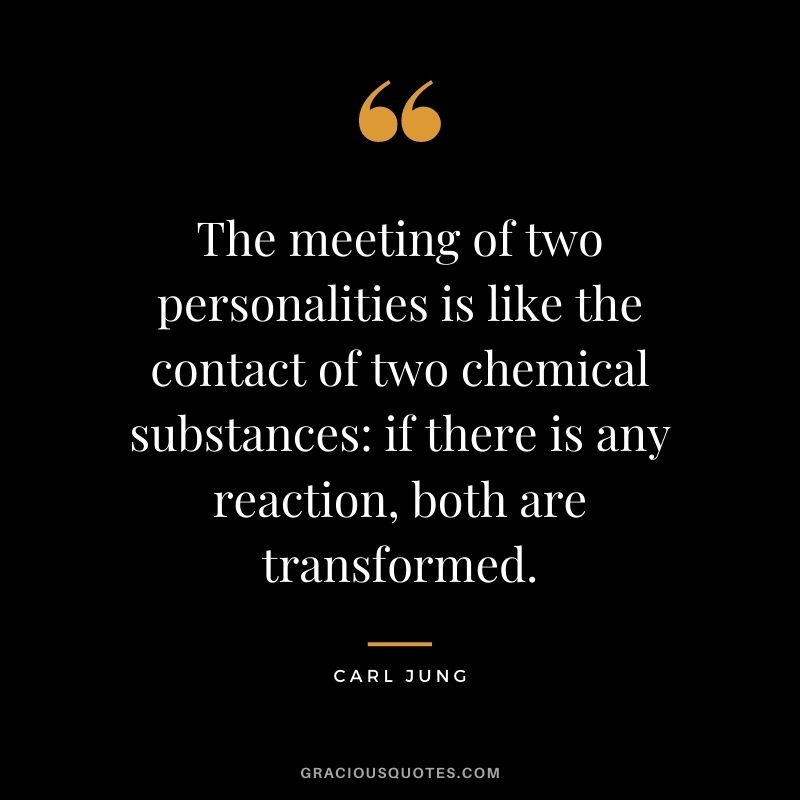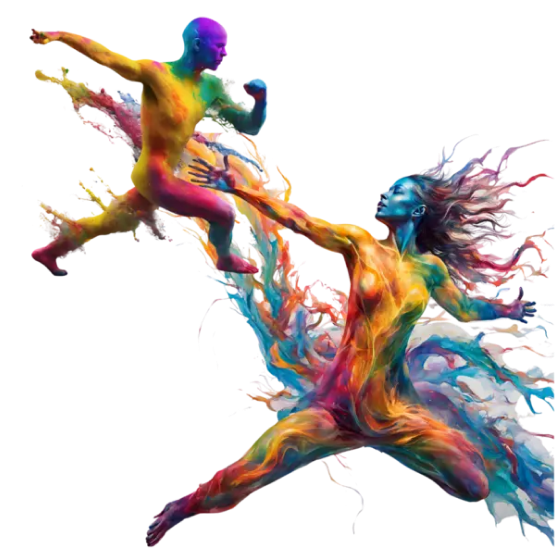In 1923, Carl Jung introduced us to the idea that personalities could be categorized by two main attitudes: the extrovert and introvert. Jung was not the first to engage the type problem, according to his findings on the matter, tracing the first attempts at “conscious differentiation of typical attitudes” back to Friedrich Schiller in an essay published in 1795. Schiller was most concerned with the idea that ‘man’ had to repress natural, inferior functions in himself in order to become civilized. In essence ‘man’ had to give up the natural impulses and desires that connected to his individual nature in favor of that which made him an appropriate social player. Schiller termed his types the “idealist” and the “realist”. (Jung Types 1971) Jung was able to draw strong parallels between Schiller’s work and his own. Jung goes on to track the typing problem through philosophy in a comparative analysis of William James types the “tough minded” and the “tender minded”, through the aesthetician defined as “abstraction” and “empathy”, through the poet, the physician and others who all wrestled with some underlying primary duality in ‘man’. For each it boiled down to some fundamental opposition, often conflicting, that put ‘man’ at odds with each other, and ultimately with himself. In all the writing these men seldom look to women for insights into their type problems and when they do, it is always with a dismissive attitude and through a lens of inferiority, which is a side note to this paper, but connected and relevant nonetheless.

Beyond the two main attitudes of Extrovert and Introvert, Jung further classified the personality with supporting types which he called functions: Thinking/Feeling, and Sensation/Intuition. In Jung’s model the attitude was fixed (although it could situationally flip-flop), combining with particular superior supporting functions either Thinking or Feeling, and Intuition or Sensing. These combinations created predominant, rather fixed patterns and modes of behavior that he saw as the personality. Personalities, as he saw them, are determined as much by what is being repressed as the superior or conscious attitudes. The superior functions Jung saw as the civilizing/cultural forces of human nature and in direct opposition to individuality which results from the inferior functions which he determined “natural”. Jung saw the necessity of integrating the unconscious functions of the personality but defined the conscious acceptance of repressed functions as being the equivalent of an “internal civil war” (Jung , Psychological Types 77). He also believed that through integration the higher functions would always be diminished, never returning to their prior highest state. In other words, the thinking type as they integrated feeling would never return to their highest thinking function. The thinking function would be diminished by the integration of feeling.
POISe typing system differs from Jung in several key ways: 1) there is not a value judgment placed on the superior functions of the personality as Jung believed them to be civilizing and standing in direct opposition to inferior functions which he deemed natural. The POISe system realizes Jung’s designations as an eclipsed gender bias. 2) The goal of Jung’s system was integration which is stated slightly different from the goal of the POISe system in which the qualities remain binary and the goal is psychological flexibility to experience each function with fullness and clarity depending on the situation. Integrated, however, in such that the inferior functions are brought into conscious awareness in both systems.
Myers Briggs came along and appropriated the information for their own use aiming to make it more simple and understandable to a wider audience. It is widely known that their interpretation does not have a precise correlation to Jung’s work, and has been criticized as pseudoscience. The mother-daughter team had no formal training or education in psychology, however the assessment has been incredibly popular and a useful tool for helping people reflect on themselves, which turns out to be an important capacity in self actualization.
Jung presented the personality as being somewhat rigid and fixed, taking years or generations to alter. The POISe system takes a different approach, acknowledging that while there are fixed patterns, humans are much more fluid and in many cases, relationships, can and do play a large part in what emerges in any given context, shaping and reshaping the personality over a lifespan of development and that the key ingredient to change is awareness. The POISe uses types only as starting places and set points in a dynamic journey toward psychological flexibility.
Jung’s system predates many findings of neurobiology and attachment theory and therefore is very intuitive and observational in the way that it is structured. The POISe system has many overlapping behavioral characteristics observed by Jung, but comes to them from different angles. Jung’s observational capacities were astounding and therefore many of his observations overlap with POISe as there seems to be a good deal of subjective truth in his findings. The POISe system seeks not to debunk Jung’s system but to work with it, reorganizing and providing a look at the personality through attachment and development lenses.

